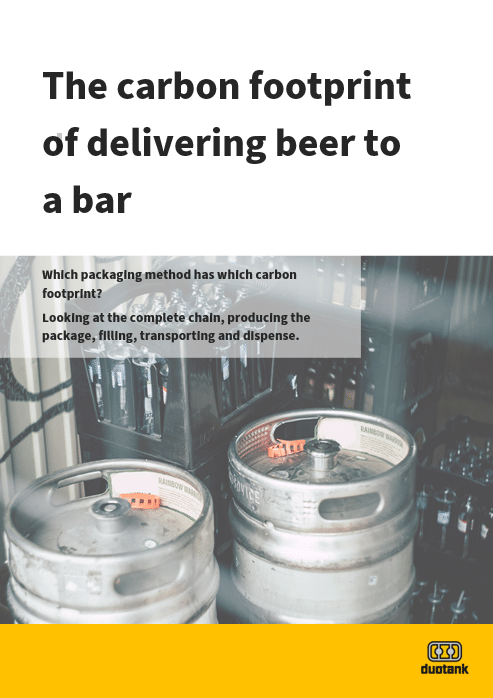Packaging methods
Explore the full range of packaging methods for transporting your beer from the brewery to the bar
Production, cleaning, filling and dispensing
Learn which step in the chain has the largest influence on the overall Carbon footprint of your beer transport
The Carbon footprint top 6
What type of packaging results in the lowest possible Carbon footprint
Lower your Carbon footprint!
Over the years, the importance of environmental-friendliness has grown significantly. It increasingly determines the way consumers buy and companies produce their products. Because of that, more and more breweries are focused on lowering the carbon footprint of their beer transport.
In this whitepaper, we compare the carbon footprint of all major packaging methods from the brewery to the glass. And no worries: we’ve done all the extensive calculations for you. Curious which packaging method best supports you in lowering the carbon footprint of your beer transport?
The biggest influence on the Carbon footprint of packaging is caused by the production of the packaging itself. Therefore reused packaging has a much lower footprint. The second biggest influence on the Carbon footprint is the use of CO2 to fill and dispense beer.
Especially with kegs this is approximately 30% of the total footprint. Here one-way kegs with inliner and tank beer have a big advantage because no CO2 is used but compressed air. Tank beer has the smallest Carbon footprint. It is 4,4 times smaller than bottles and 13 tot 17 times smaller than single use packaging.
Fill it in to download

What can tankbeer mean for your CO2 reduction. Calculate it here with our calculator.

